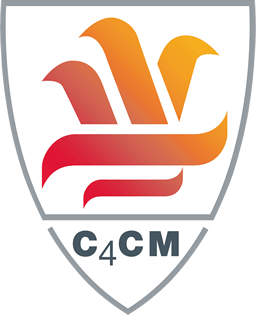 Over the last couple of weeks we have been working hard to develop a questionnaire to help people identify their level of change maturity. That means writing incisive questions to identify behaviours typical of a particular maturity level which are not typical of another maturity level. This begs two questions:
Over the last couple of weeks we have been working hard to develop a questionnaire to help people identify their level of change maturity. That means writing incisive questions to identify behaviours typical of a particular maturity level which are not typical of another maturity level. This begs two questions:
- What really characterises a particular level of change maturity?
- What would you observe in an organisation and its people which clearly shows the characteristics?
And that caused us to think very hard about good and bad behaviours in doing change! We did manage to tease out specific behaviours for each level and found lower levels characterised by poor behaviours (because of an absence of good behaviours) and higher levels characterised by good management behaviour (replacing poor behaviours). Each level is characterised as:
- Level 1: Chaos, virtually no successful behaviours organisationally and unrecognised good behaviour from individuals.
- Level 2: Heroic, individual’s good behaviours having an impact in their area of control; no organisational cohesion.
- Level 3: Structured, the organisation becomes consistent and individuals align to the structure with a focus on getting the structure working.
- Level 4: Managed, a performance culture supports the measurement (and hence effective management) of change to deliver significant success in change.
- Level 5: Reflective, in which individuals and the organisation reflect on performance to achieve continuous improvement in the delivery of change.
 Our challenge is to create questions that can reveal a maturity level without being pejorative or confusing. We think we have done this and have a free trial focused on individual behaviours. If you would like to have a go look up our web site page on Capability Models or click on the image to go direct to the questionnaire.
Our challenge is to create questions that can reveal a maturity level without being pejorative or confusing. We think we have done this and have a free trial focused on individual behaviours. If you would like to have a go look up our web site page on Capability Models or click on the image to go direct to the questionnaire.
Does a maturity model help?
Recently I delivered a public course on change. Talking to the participants about their organisations and how they do change I could not help match up my impressions of their organisations to the change maturity model. First thing I notice is that the model matches reality quite well and I could predict behaviour once I had a handle on the approximate level of maturity. No organisation I met was above level 3, and then only 1 out of the four on the course was at that level. So the model was useful to me to understand how candidates viewed change and the change processes we discussed on the course.
An interesting observation from discussions was on the way an organisation managed its training. The level 3 organisation had designed its own training to meet its needs — because it was structured to see what it needed; whilst the others sent people on any course the person felt was useful. The level 3 organisation had management support in place to utilise training, the others expected the individual to just make the most of the training. For the level 3 organisation the content of the course and learning from the discussions was most important, for the others it was the qualification they needed to take back.
